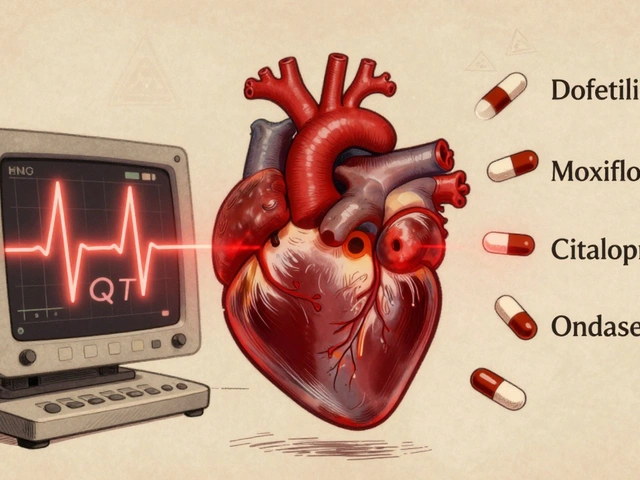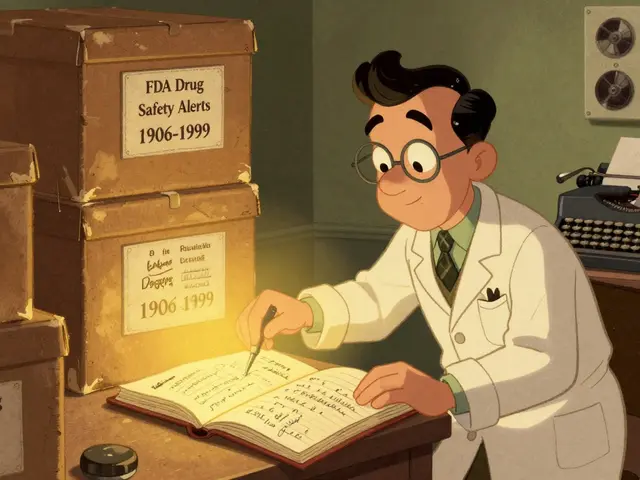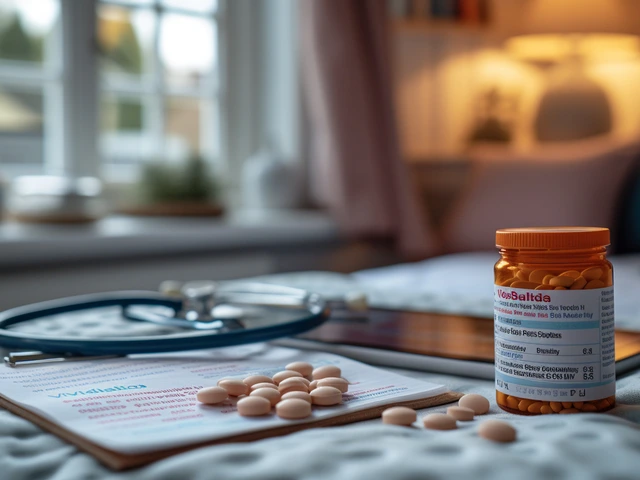FDA approval: What it means for medicines and you
FDA approval is the official thumbs-up that a drug or biologic met the U.S. agency’s standards for safety and effectiveness for a specific use. That doesn’t mean the medicine is risk-free — it means the benefits outweigh the risks for the labeled condition. Knowing how approval works helps you ask the right questions and avoid unsafe choices.
How FDA approval works
Drug development starts in the lab, then moves through clinical trials: Phase 1 tests safety in a few people, Phase 2 checks if the drug works and finds dosing, and Phase 3 compares it to standard treatment in large groups. If results look good, the company files an NDA (new drug application) or BLA (biologic license application) with the FDA.
The FDA reviews trial data, manufacturing quality, and labels. Review paths vary: standard review takes longer, while priority review or accelerated approval speeds things up for serious conditions when there’s an unmet need. Emergency use authorizations (EUA) are different — they allow temporary use in crises without full approval.
Approval includes specific details: the exact indication, recommended dose, contraindications, and safety warnings. Sometimes approval comes with conditions, like extra studies after the drug hits the market (post-marketing studies or Phase 4). The FDA can require a REMS program for drugs with known serious risks.
What to watch after approval
Approval is not the end of safety checks. Real-world use can reveal rare side effects not seen in trials. The FDA monitors adverse event reports and can update labels, add boxed warnings, or even pull a drug if risks are too high.
Want to verify a drug? Use the FDA site to check approvals, labeling, and press releases. Look up the drug’s full prescribing information to see approved uses and safety data. If you see a pharmacy selling a prescription-only drug without requiring a valid prescription, that’s a red flag.
Thinking of buying medicine online? Only use pharmacies that require a prescription and are verified by recognized bodies. Unapproved or counterfeit products can be dangerous. If a site promises quick access to a newly approved drug without proper paperwork, don’t trust it.
Report problems. If you or someone you care for has a bad reaction, report it to FDA MedWatch. Your report helps the agency spot patterns and act faster.
Quick tips: ask your prescriber why they chose a drug, check if the indication matches your condition, and read the patient information leaflet. If the drug was approved under accelerated pathways, ask what follow-up studies are planned and how long the label is expected to remain the same.
Apostrophe Pharma Guide collects articles about approvals, safety, and how approval affects availability. Use that info to make smarter choices, talk with your healthcare provider, and avoid risky online purchases. FDA approval matters — know what it covers and what it doesn’t.

Primatene Mist vs. OTC Inhaler Alternatives: Safety, FDA Status, and Proper Use
Curious about Primatene Mist and other over-the-counter inhalers? This article breaks down how these epinephrine inhalers work, which options the FDA allows, and the essential facts you need for safe use. Get the scoop on what makes these inhalers different from prescription options and what to consider before reaching for one yourself. Explore known benefits, real risks, and user tips—plus smart alternatives if you’re thinking beyond the pharmacy shelf. Whether you've recently spotted Primatene Mist at your local drugstore or are searching for a backup plan, you’ll find the facts and practical advice you actually need.
Read More




